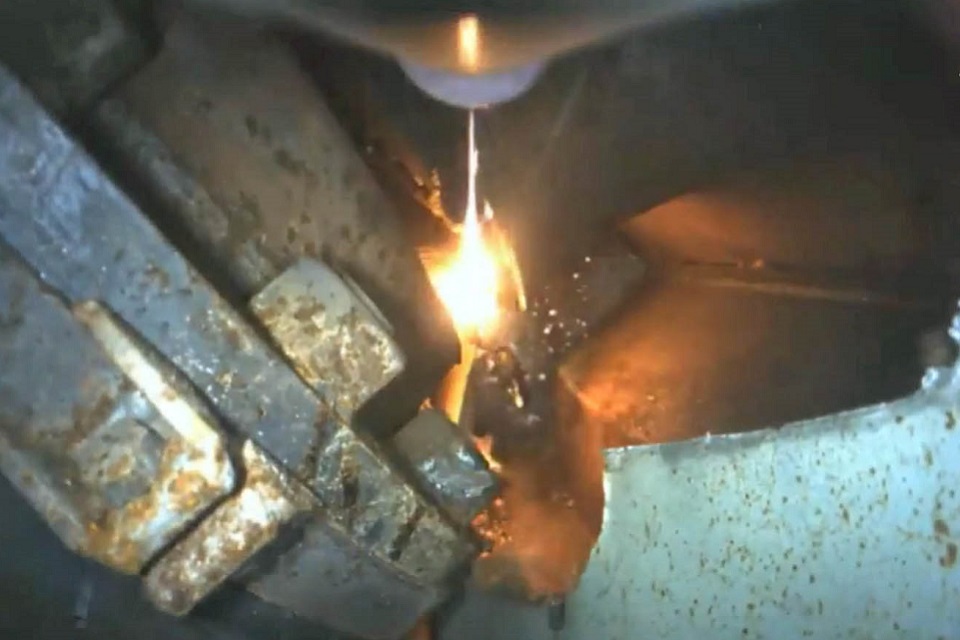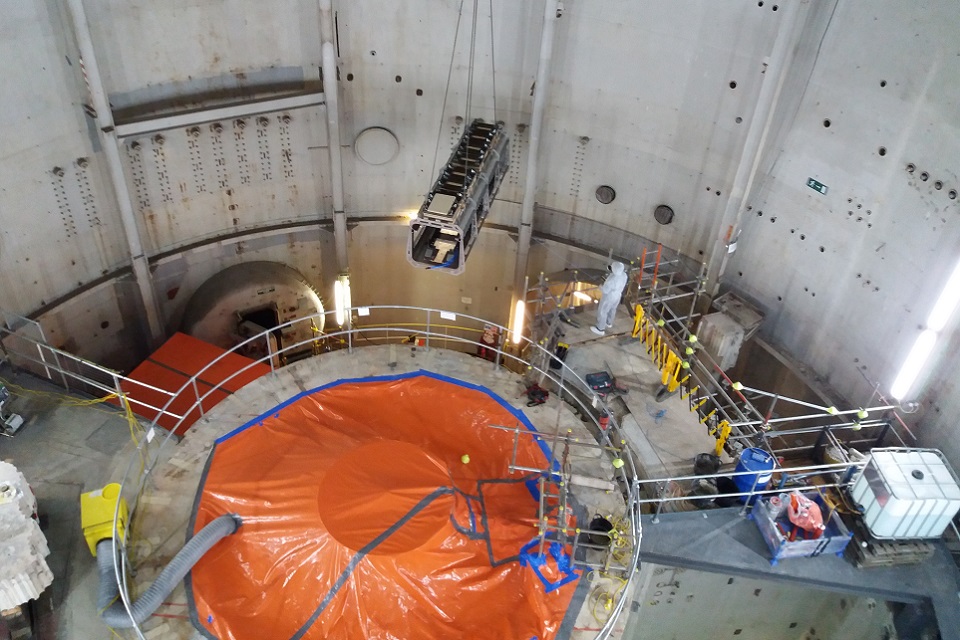Sixty flood wardens who volunteer to help protect people and their properties throughout the Calder Valley are being invited to an event to help them learn from each other.
Anyone who wants to get involved in supporting residents during a flood event, either as a flood warden or by volunteering for one of the charities or organisations which reduce flood risk in the community, can also come along to the event during the evening to find out how they can help.
Owners and employees from Calderdale businesses will also be welcome to drop in to get advice on how best to protect their premises from flooding.
The networking event, supported by the Environment Agency and Calderdale Council, will be held in the Waterfront Hall, at Hebden Bridge Town Hall, on Wednesday 23 May. It will be open to flood wardens between 5 – 6.30pm and to members of the local community between 6.30 -8.30pm.
There will be information stalls run by many organisations at the event including Yorkshire Water, Treesponsibility, Slow the Flow, Watermark Flood Fund and Community Foundation for Calderdale.
A team from the Environment Agency will be signing people up for their free flood warning service, providing information about flood defence schemes in the area and discussing what is included in the Calderdale Flood Action Plan.
Representatives from the Council’s emergency planning, flood and housing teams will also be on hand to share information on Calderdale’s multiagency flood response protocol, flood risk management strategy and role in recovery following serious flooding.
Jonathan Follows, Calderdale flood resilience officer with the Environment Agency, said:
This is the second time we have had an event of this kind in Calderdale.
Our flood wardens are invaluable to us as our eyes and ears on the ground. This is a great opportunity for them to share best practice so they can support each other.
They will have the chance to meet new people and learn more about the training opportunities and information that the Environment Agency can provide to help them in their role.
Katie Kimber, chair of the Calderdale Community Resilience Board, said:
We have eight flood groups throughout the Calder Valley and if anyone is interested in joining one as a flood warden or simply as a volunteer they can come along to our event and find out everything they need to know.
There will also be representatives from a wide range of voluntary and community groups who are keen to recruit new volunteers and will be happy to explain more about their projects.
Mark Thompson, director of Regeneration and Strategy at Calderdale Council, said:
We’re extremely grateful for the work our flood wardens do in helping to keep our communities as safe and informed as possible.
If you or someone else you know has been affected by flooding, Calderdale’s flood groups are a valuable support network that can offer you help and information before, during and after a flood.
This is a great chance to meet wardens in your area, find out more about what they do and discover some of the many ways in which you can get involved should you wish to do so.
As part of the event there will be information about resources available to flood wardens including handbooks and personal protective equipment; training on how to use the radio network to communicate with other wardens and using social media during a flood event, demonstrations on using sandbags and a chance to ask questions and raise any concerns.

